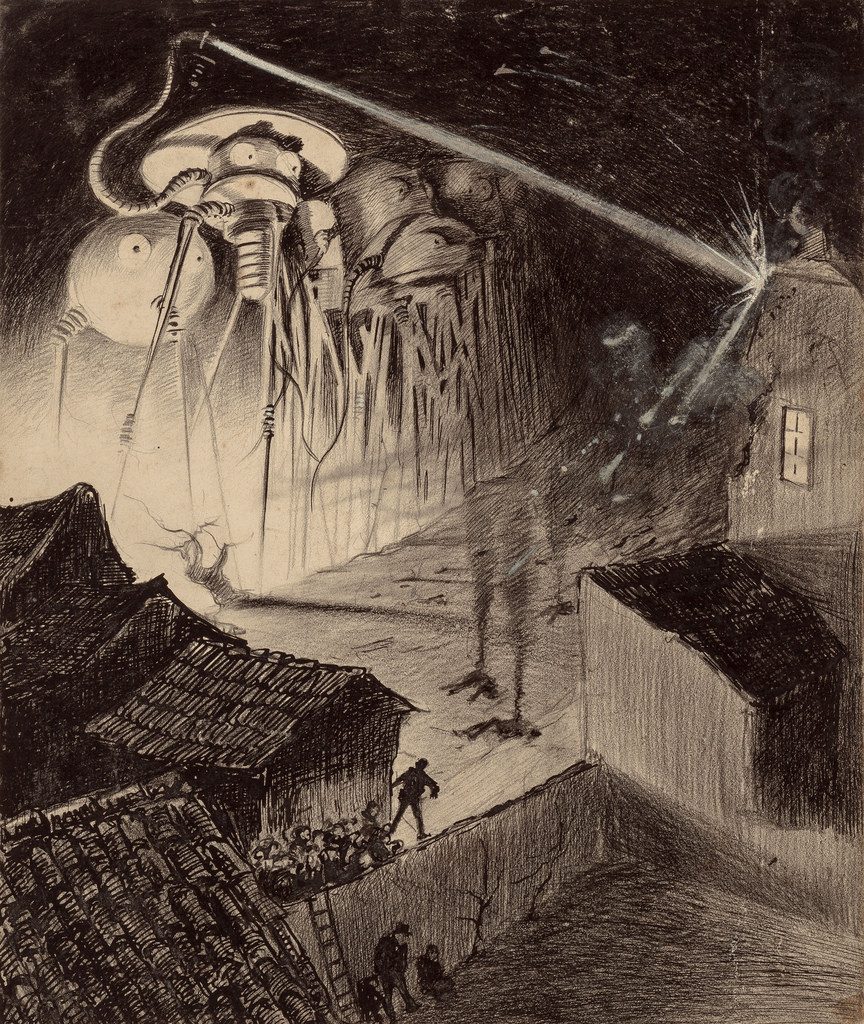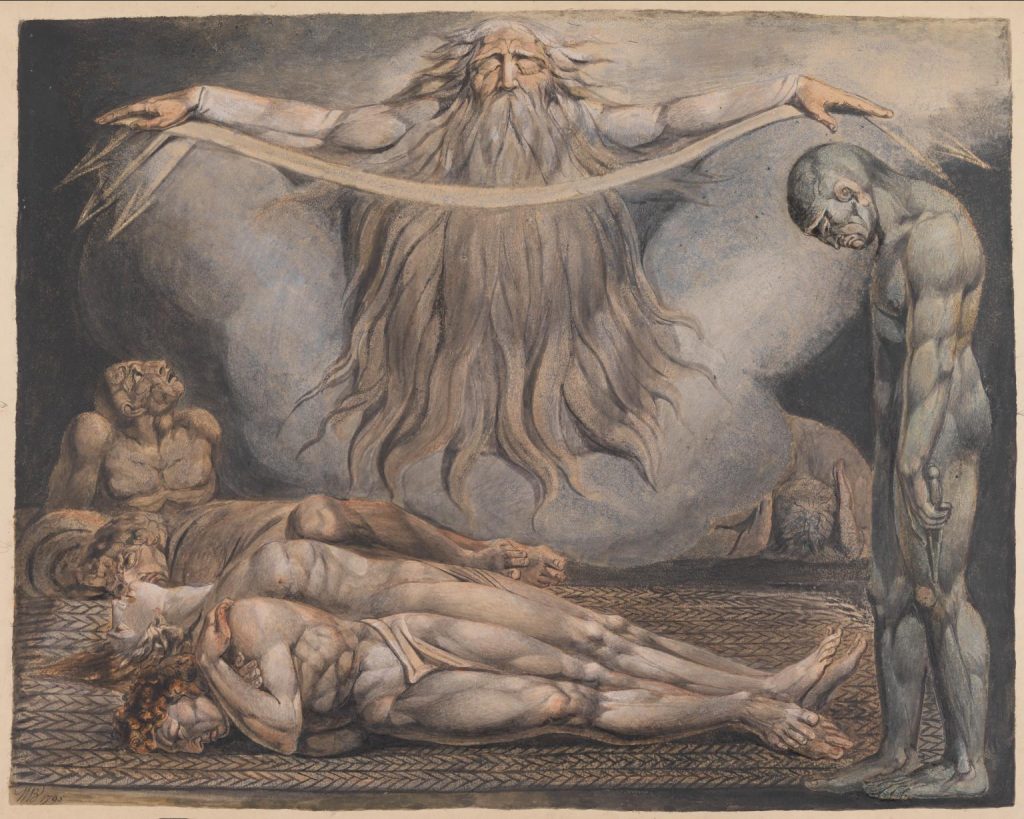I wish a had a better answer to the question “where were you when David Bowie died?” than, “sitting at my desk, staring dumbly at the computer screen.” While the ideal place to read every instant online tribute and RIP, it was hardly a memorable location to get the news that one of our era’s most brilliant creative lights had gone out, leaving in his wake millions of broken-hearted fans and a discography unequaled in modern music.
But, like millions of other Bowie lovers at their computers, I could meditate on his music videos—from the painfully ill-conceived to the harrowing and profound; contemplate his film work; and call up with a mouse click my favorite songs. It’s beyond cliché to point out Bowie’s exuberant embrace of change, but it bears repeating that his embrace of technology was a key component in the evolution of his many personae.
Bowie was as adaptable to the age of YouTube as he was to the analog days of glam. Several lesser albums notwithstanding, the major Bowie upgrades inspired adoration from new generations of fans in every decade of his career since the 70s. Always “willing to take risks and do something different,” writes Nicholas Pell at L.A. Weekly, “what he was not willing to do is become an oldies act.”
Pell also advances an “unpopular opinion” sure to irritate many a Bowie fan. Bowie, he argues, “wasn’t an innovator,” but “an early adopter of what the real vanguard artists were doing.” Skipping the strange, unsuccessful late 60s recordings and “standard, psychedelic-tinged folk” cribbed largely from Donovan, Pell begins by noting that Ziggy Stardust and Aladdin Sane were basically variations on T. Rex’s Marc Bolan, “a pretty specific form of inspiration, not exactly imitation.”
The Thin White Duke period was a take on Roxy Music’s Bryan Ferry, and Bowie recorded his most lauded work—the Berlin Trilogy—with Roxy Music’s keyboardist, Brian Eno, without whose sound and vision those albums could hardly have been made. In the nineties, he pulled from Nine Inch Nails and drum and bass; in his swan song Black Star, from Kendrick Lamar.
But so what? In each incarnation, “influence, not imitation” is the least one can say about what he did with others’ styles. The proper word, perhaps, is transmutation—Bowie turned glam rock into mesmerizing musical theater, combining Bolan’s flamboyant swagger with mime, dada, modern dance, and sci-fi absurdity.
He took Bryan Ferry’s art rock, smooth, romantic moves, and suits and turned them into dark, Teutonic, brooding soundscapes and haunting Cold War anthems like the utterly perfect “Heroes.” Into the frenetic clatter of drum and bass he injected paranoia, alienation, and unsettling narratives of personal fragmentation. If these aren’t innovations, I don’t know what the word means. Every artist copies; Bowie was at his best when he stole from the best.
The more forgettable albums show him in uncertain phases, lacking the right muses and collaborators to make him shine. But his catalog is enormous and still full of surprises, even in records critics pan or mostly ignore. In the 19-hour playlist above, you can follow it all from start to finish, “from glam to folk, dance to rock and roll,” as Stereogum’s Aaron Lariviere sums it up in his exhaustive ranking of Bowie albums from worst to best, “heavy metal, musical theater, art-rock, soul, electronica, industrial, ambient, all of it.”
Lean back in your desk chair, click play and “relive it all—album by album… turn by left-turn,” influence by influence. Bowie was a collector of sounds new and old who never let himself become a museum piece.
Related Content:
In 1999, David Bowie Predicts the Good and Bad of the Internet
Josh Jones is a writer and musician based in Durham, NC. Follow him at @jdmagness











